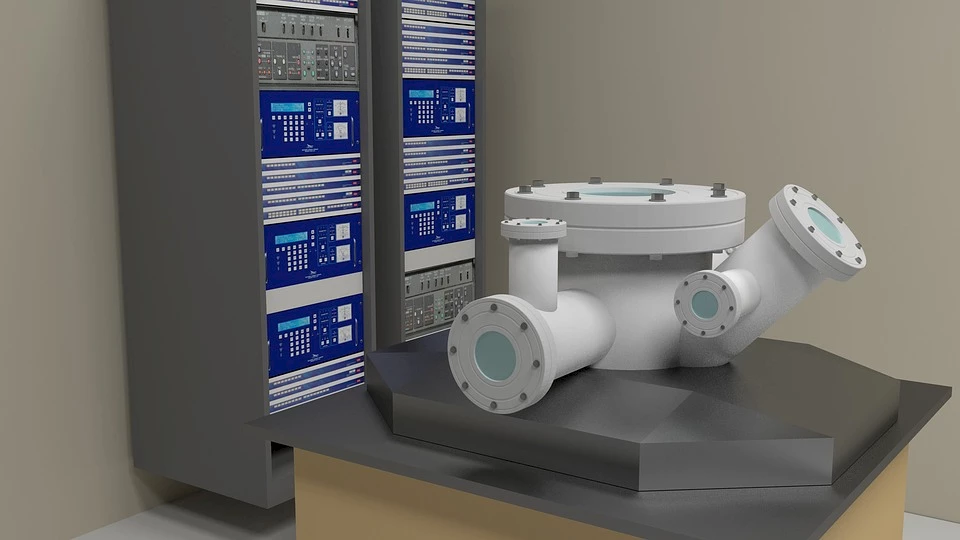Scangineering
Scangineering is a composition of the terms 3D scanning and reverse engineering. Scangineering allows the creation of a CAD model with the help of optical recording of components and thus enables the constructive adaptation, improvement or expansion of already existing components. This eliminates the need for the time-consuming manual measurement process, which leads to more efficient product development.
In addition to the new design of components, the redesign of products is also a further component. In addition, scangineering helps to identify quality deficits in components or offers conclusions about design errors without having to disassemble assemblies.
 Scangineering
Scangineering© https://pixabay.com/de/illustrations/scannen-tunneling-mikroskop-scanner-2842847/
Prerequisites for use
Access to suitable scanning systems
Suitable 3D acquisition systems are necessary for scan engineering. In addition to the availability of these, a certain expertise in the use of scanning technologies is also advantageous in order to carry out target-oriented scan engineering.
Coordinated hardware and software solutions
After a successful scan, the generated data set must be transferred to a CAD programme in order to adjust the model, check it or make other changes. This data import requires a coordinated hardware and software solution. The implementation of data interfaces may also be necessary.
